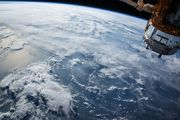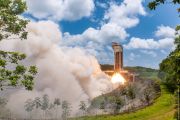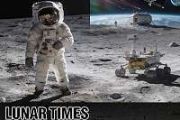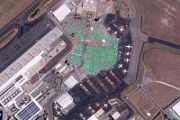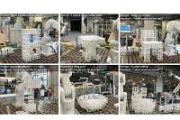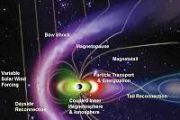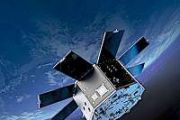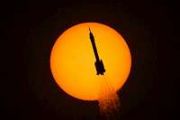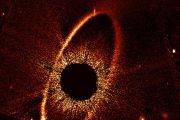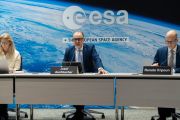
Copernical Team
Galileo’s first Ariane 6 launch strengthens European resilience

On 17 December, two Galileo satellites lifted off from Europe’s Spaceport in French Guiana aboard an Ariane 6 rocket. This marked the 14th launch for Europe’s Galileo constellation, reinforcing Europe’s satellite navigation capabilities, resilience and autonomy.
Europe at night from space
 Image:
Europe at night from space
Image:
Europe at night from space Galileo L14 liftoff on Ariane 6
 Video:
00:01:06
Video:
00:01:06
On 17 December, two new Galileo satellites lifted off from Europe’s Spaceport in French Guiana aboard an Ariane 6 rocket. This marked the 14th launch for Europe’s satellite navigation operational satellite programme, reinforcing Europe’s resilience and autonomy.
The European Space Agency (ESA) is responsible for carrying out the Galileo launch with Arianespace on behalf of the European Commission. The Galileo satellites were manufactured by OHB, under contract with ESA. Once in orbit, the EU Agency for the Space Programme (EUSPA) will bring the satellites into service and oversee their operation.
The flight, designated VA266, was the first launch of
The next frontier in space is closer than you think: Welcome to the world of very low Earth orbit satellites
Verifying that you are not a bot
NASA JPL tests future lunar craft with shake-up
Verifying that you are not a bot
Image: Hatch thermal cover protects space station vestibule
Verifying that you are not a bot
SpaceX squeezes in 100th Space Coast launch, but weather delays ULA, 2nd SpaceX mission
Verifying that you are not a bot
First image from Sentinel-6B extends sea-level legacy

Copernicus Sentinel-6B, launched last month, has reached its orbit and delivered its first set of data, which show variations in sea level in the North Atlantic Ocean. This data underlines how the mission will continue to strengthen the long-term reference record of sea levels, a key parameter of climate change.
20 years in Antarctica

For two decades, ESA has sent a medical doctor to brave the cold and more for 13 months at Concordia station in Antarctica, one of the most remote places on Earth. This unique environment – isolated, confined and extreme – mirrors many of the psychological and physiological challenges astronauts face in space. By studying life at Concordia, scientists can better understand these effects, develop countermeasures and prepare for future human missions beyond Earth.
Autonomous DARPA project to expand satellite surveillance network by BAE Systems
 The U.S. Defense Advanced Research Projects Agency (DARPA) has awarded BAE Systems' FAST Labs research, development, and production organization a $16 million Phase 2 contract under the Oversight program, which is developing an autonomous space-based system to maintain continuous custody of many terrestrial assets using new satellite constellations.
The Phase 2 award follows completion of
The U.S. Defense Advanced Research Projects Agency (DARPA) has awarded BAE Systems' FAST Labs research, development, and production organization a $16 million Phase 2 contract under the Oversight program, which is developing an autonomous space-based system to maintain continuous custody of many terrestrial assets using new satellite constellations.
The Phase 2 award follows completion of 







